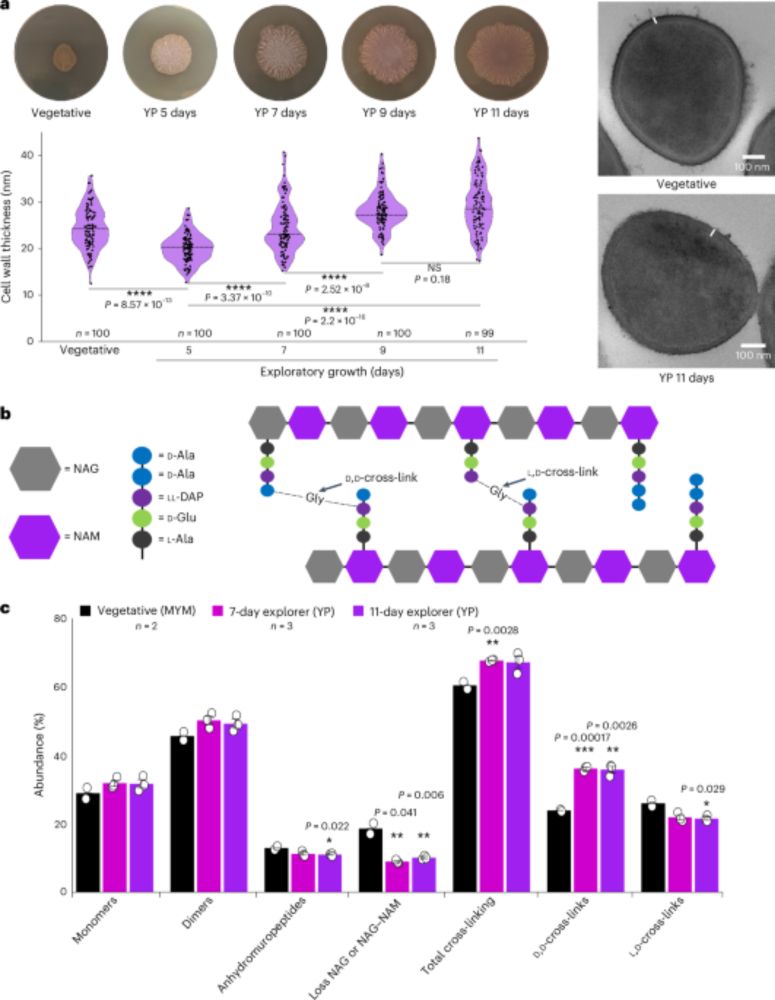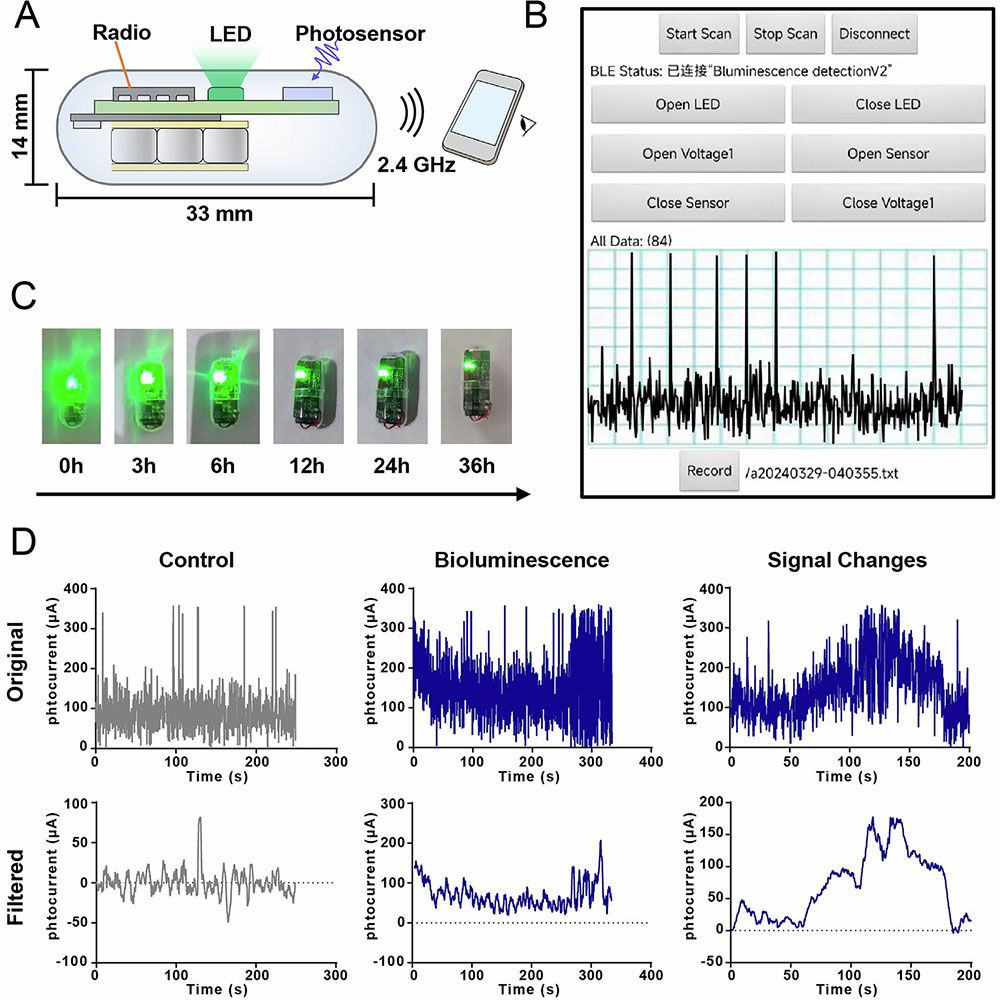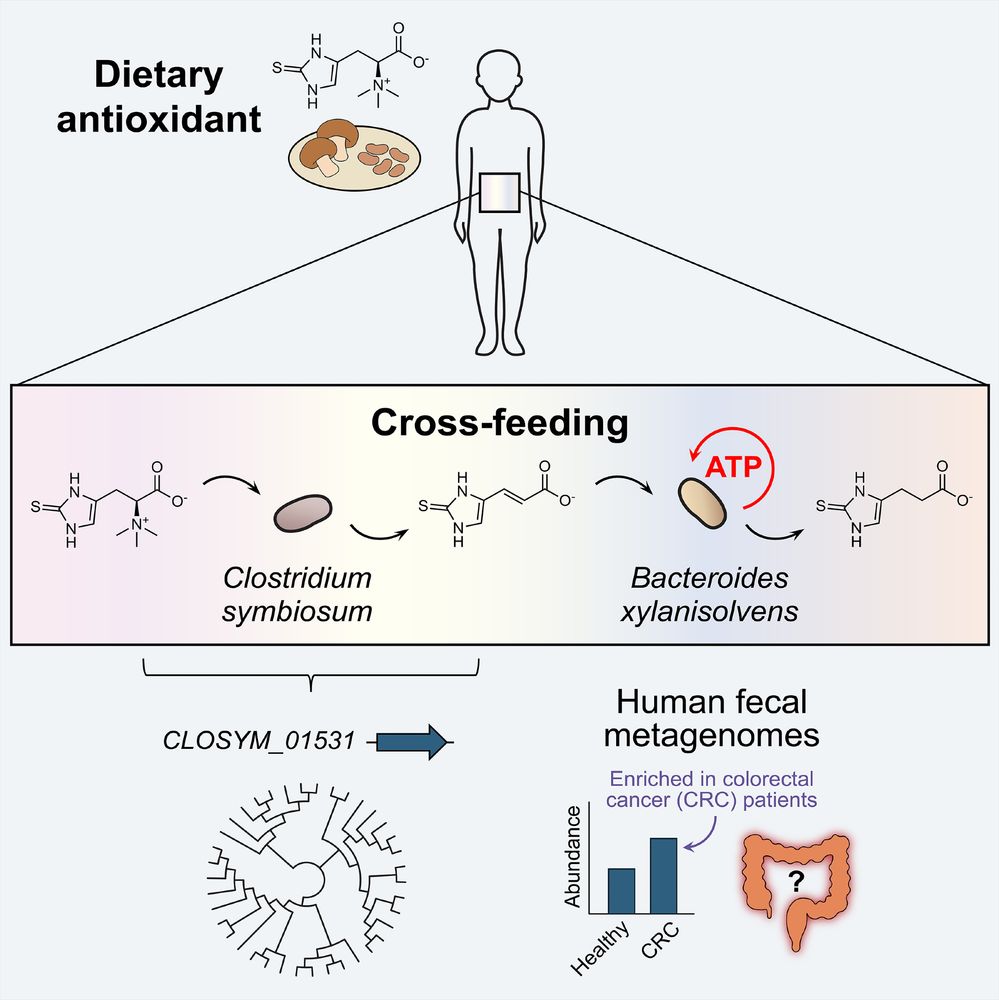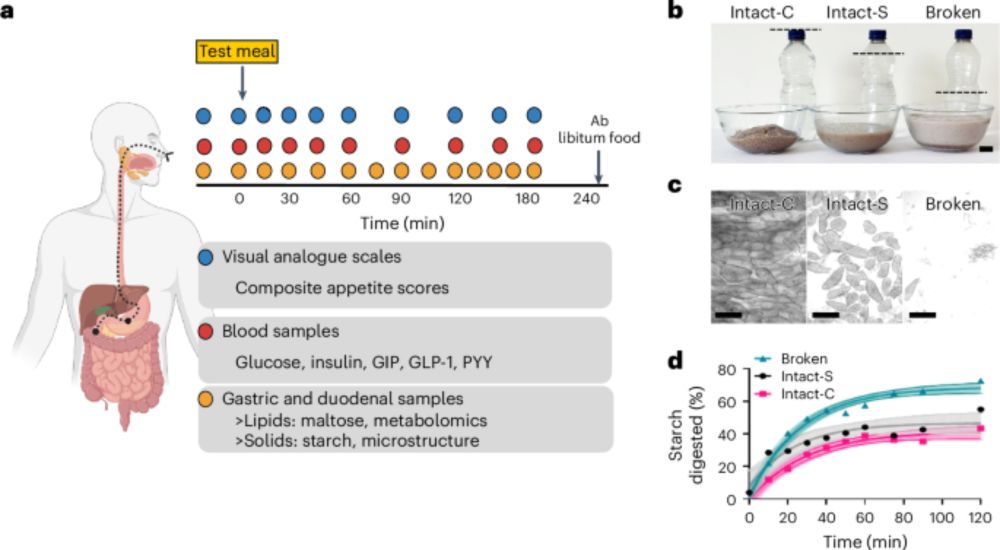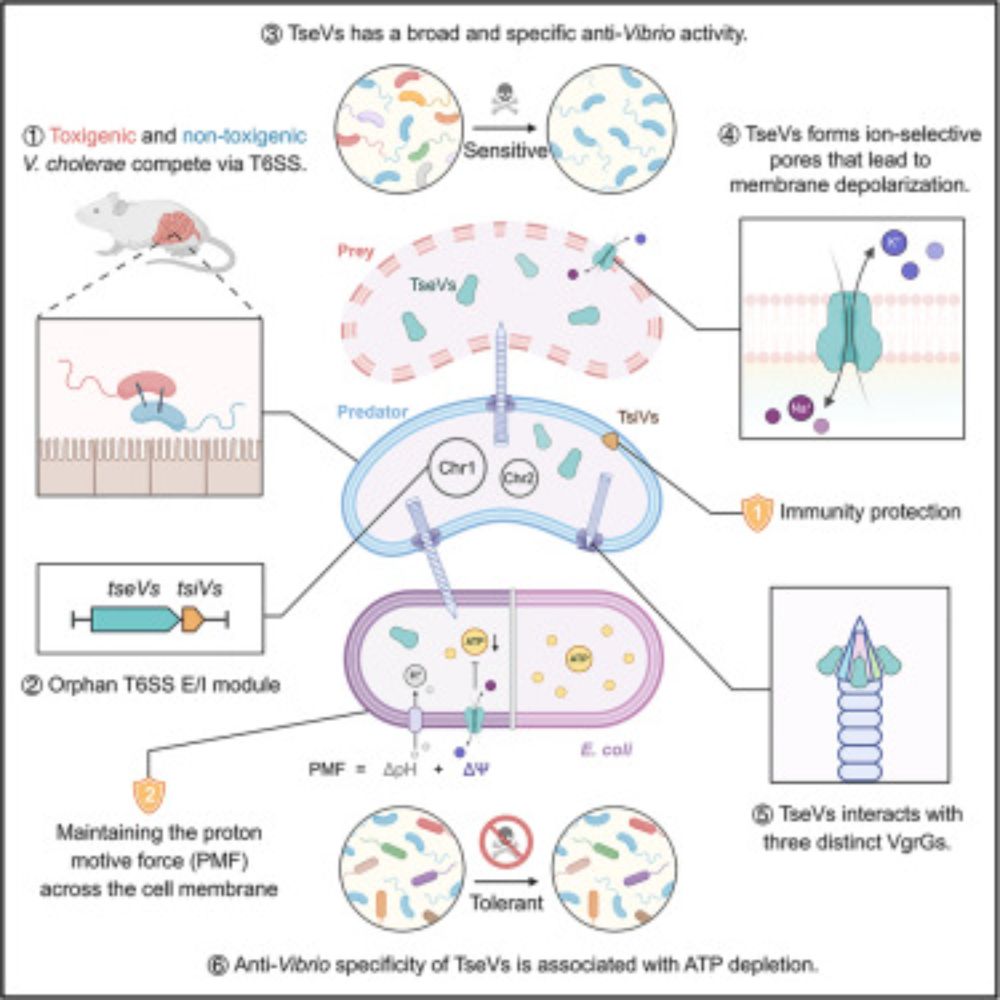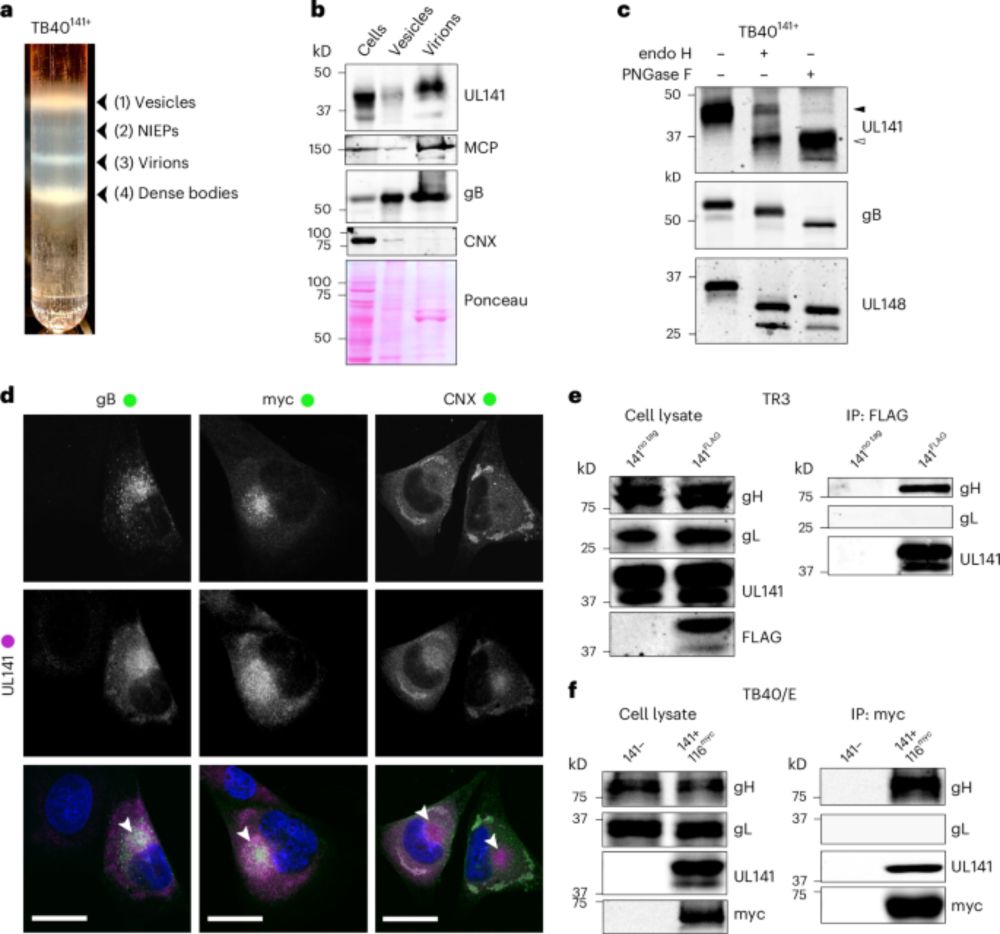Aranzazu Arias-Rojas
@aranzazuarias.bsky.social
94 followers
91 following
7 posts
Postdoctoral Associate at the Xavier Lab at the @broadinstitute.org
All things host–microbe–microbe interactions.
Posts
Media
Videos
Starter Packs
Reposted by Aranzazu Arias-Rojas
Reposted by Aranzazu Arias-Rojas
Reposted by Aranzazu Arias-Rojas
Reposted by Aranzazu Arias-Rojas
Reposted by Aranzazu Arias-Rojas
Reposted by Aranzazu Arias-Rojas
Reposted by Aranzazu Arias-Rojas
Reposted by Aranzazu Arias-Rojas
Molly Schumer
@mollyschumer.bsky.social
· Aug 10
Reposted by Aranzazu Arias-Rojas
Reposted by Aranzazu Arias-Rojas
Reposted by Aranzazu Arias-Rojas
Reposted by Aranzazu Arias-Rojas
Matt Doyle
@doylemt1.bsky.social
· Jul 6
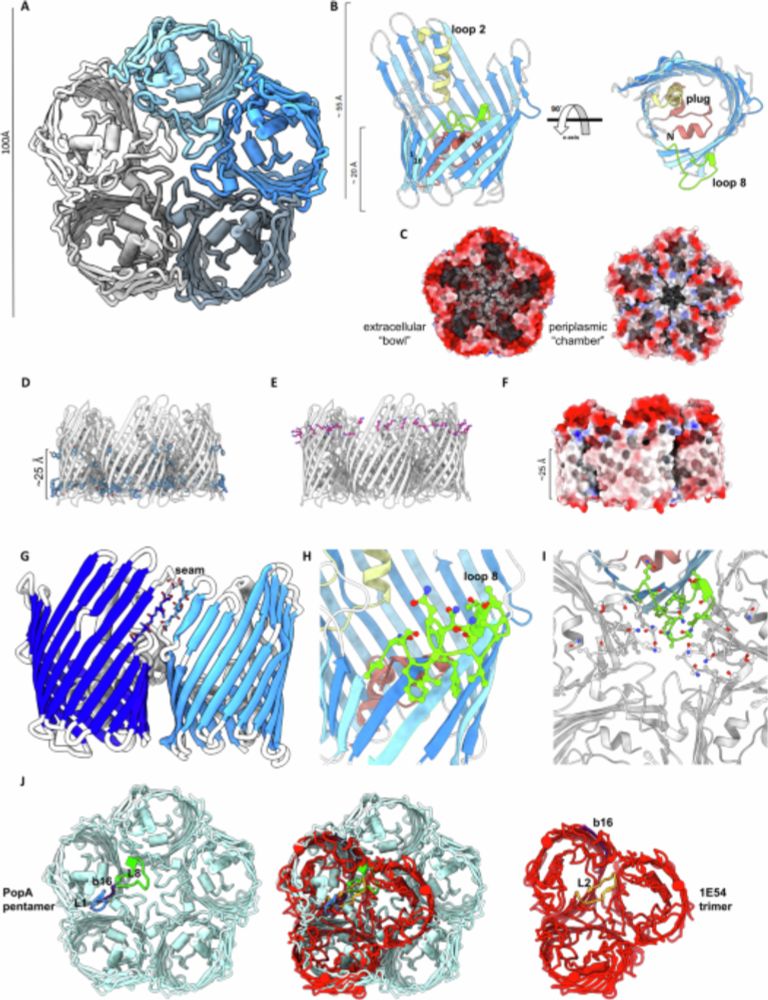
A porin-like protein used by bacterial predators defines a wider lipid-trapping superfamily - Nature Communications
This study reveals that an outer membrane protein from the predator Bdellovibrio bacteriovorus forms a pentameric assembly that traps a lipid monolayer within. This allows the discovery of two superfa...
www.nature.com
Reposted by Aranzazu Arias-Rojas
Reposted by Aranzazu Arias-Rojas
Igor Iatsenko
@iatsenkolab.bsky.social
· Jun 26
Reposted by Aranzazu Arias-Rojas
Igor Iatsenko
@iatsenkolab.bsky.social
· May 28

Sex Differences in Drosophila Intestinal Metabolism Contribute to Sexually Dimorphic Infection Outcome and Alter Gut Pathogen Virulence
Sexual dimorphism in infection outcomes is a pervasive phenomenon, the underlying mechanisms of which remain incompletely understood. Here, utilizing Pseudomonas entomophila intestinal infection in Dr...
www.biorxiv.org











